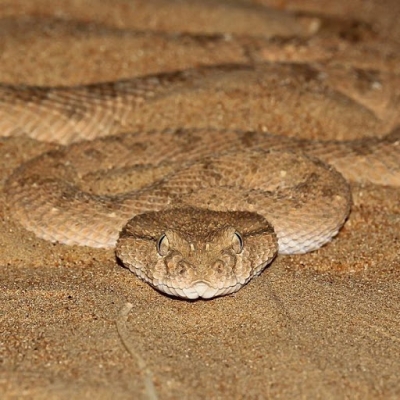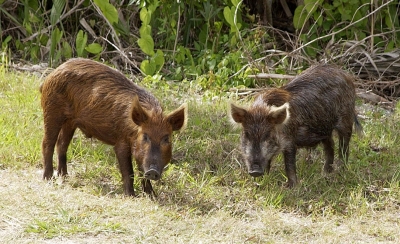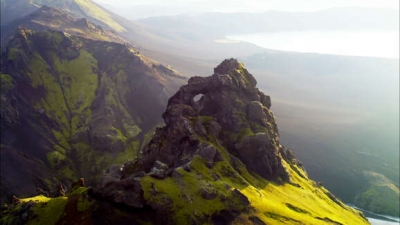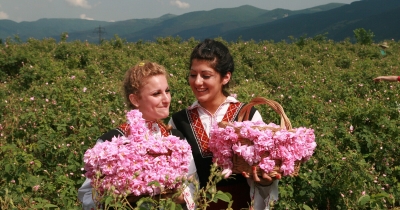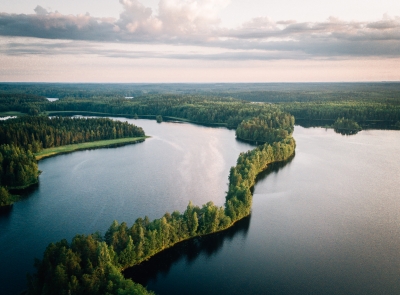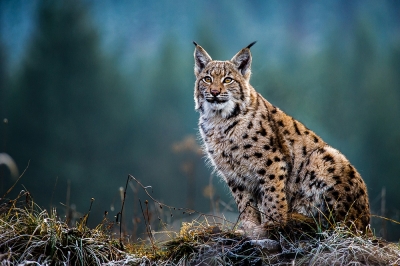
The lynx is a large, wild, feline animal found in many parts of central Europe. It has unusually large paws, a mottled tawny to cream coat and a black-tipped tail.
The lynx lived in the Alps until half a century ago: the last time this creature is known to have been captured was at the beginning of this century, near Chieri in Piedmont. The animal has not been heard of since.
It is more likely to be the clearance of all trees from the mountains which have caused its disappearance than the fact that it has been hunted down. A deer which had been completely ravaged as if by a lynx, was recently found in a Swiss forest, where there were also impressions in the fresh snow which scientists have identified as tracks typical of his feline creature.
The lynx is now being bred in zoos and then released into the wild to build up its numbers. It usually lives in dense forests where it can find it favorite prey, the roe-buck and the stag.
Picture Credit : Google



